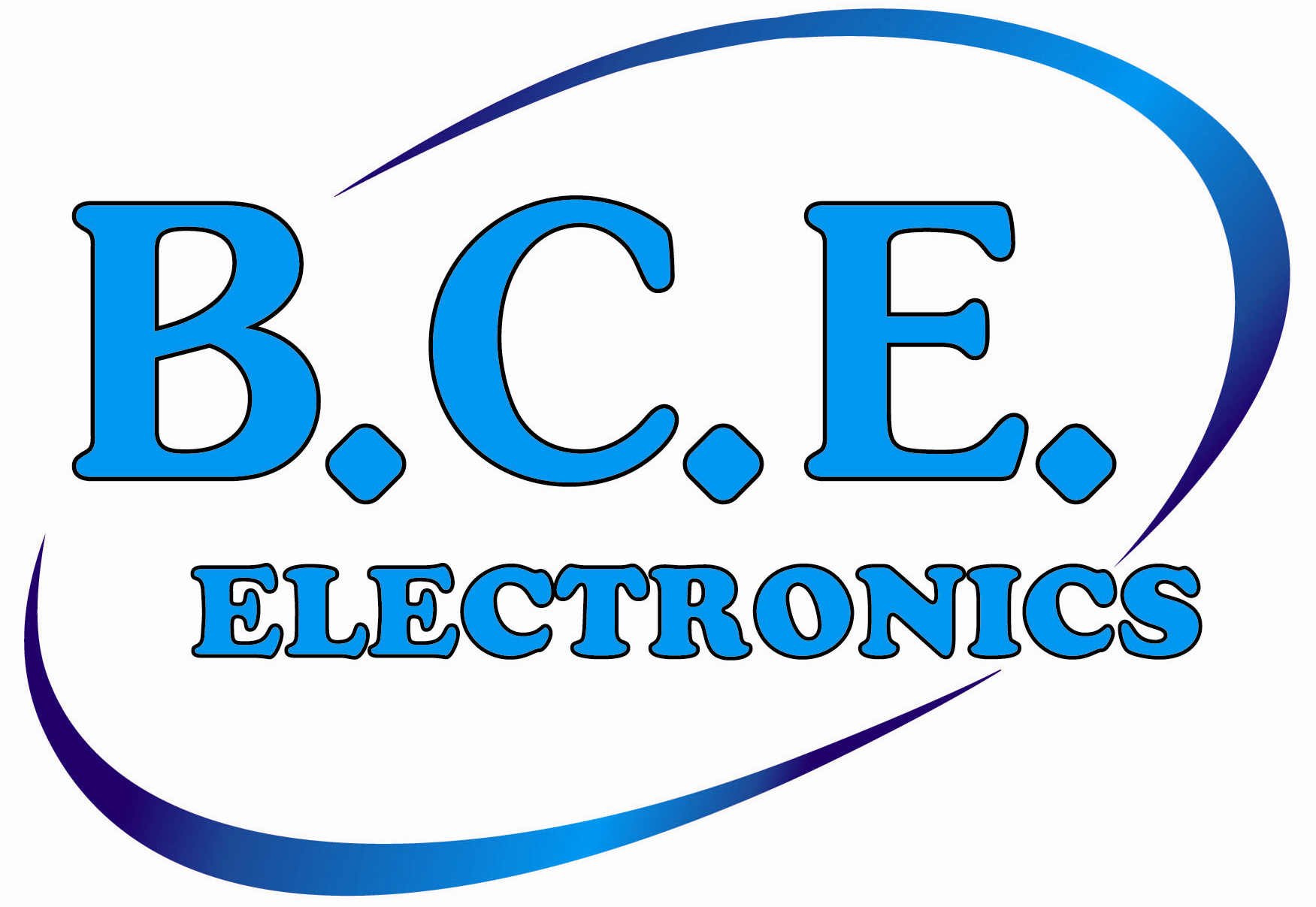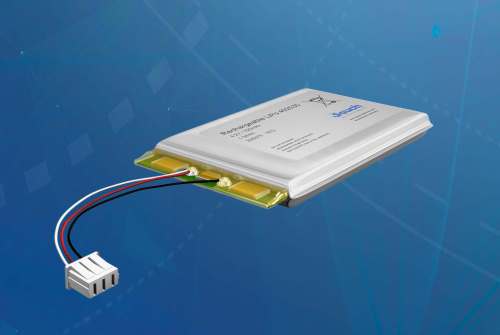Production steps:
The manufacture of Li-polymer cells can be divided into about ten steps. Additional to these are
quality checks and inspection processes.
o First, the electrode materials are mixed and prepared (material mixing).
o The mixture is pasted onto metallic substrates (coating).
o This is followed by drying, calendaring and slitting. Calendaring means rolling the material out to
the desired thickness.
o The slitting process brings the electrode bands to their planned final dimension.
o Deflectors are attached to both electrodes (electrode assembly).
o They are wound around the core together with the separator, usually a three-layered polyolefin
(winding). The core consists generally of a flat pin.
o The winding is placed in the cavity of a foil, which is partly folded and laid over the winding. The
foil is welded to seal the sides.
These processes can be carried out in a normal atmosphere. The subsequent steps place higher
demands on the production system.
o The packed winding must be dried in a vacuum under complete exclusion of moisture.
o Next is the injection of the electrolyte with the conductive salt, the degassing and the sealing of
the cell.
o Since the cells are manufactured in a discharged state, they must now be formed and activated.
The first charging takes place at this stage (electrical activation).
o The process is completed with tests of voltage over time (in which cells with short circuits are
removed), capacity, quality and safety (x-ray full inspection and packaging inspection).



















